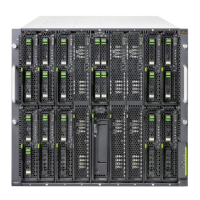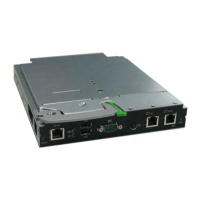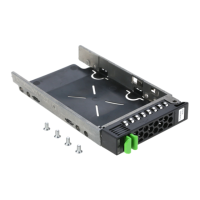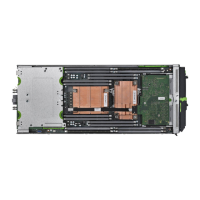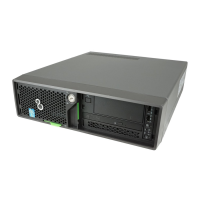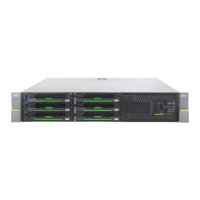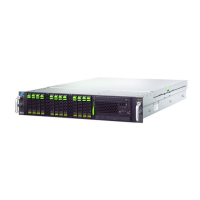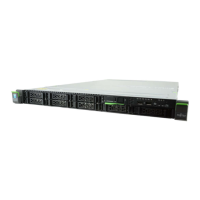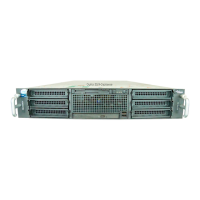© 2011 Fujitsu Technology Solutions
62
6.3 Stack Master Election Processes
The stacking function of SB11 is done through the two dedicated 12-Gigabit HiGig+ ports. One
dedicated is connected to mid-plane (called internal stacking link), and the other is connected to front
panel (called external stacking link). For easy management as a single object, a unique configuration
entry should be supported. Therefore, a unit will be elected to act as a stack master. The following
section will be described as the considerations for the stack master election processes.
The considerations of master election are listed in the order as following:
1. The switch that is currently stack master if no other switches are in the same stack.
2. The administrator can select a switch to be the stack master by specifying highest user priority.
3. The switch with the longest uptime will be selected.
4. The switch with the lowest MAC address will be selected.
5. The operational standby switch will become stack master if the current stack master is failed.
i
− The re-election process will be performed if one of these events occurs:
a) The switch stack is reset.
b) The switch stack membership is increased by the additional powered-on
standalone switch in the system or switch stacks.
− When users change the priority of a switch, the new priority will be applied to the
master election process after the switch is rebooted or the re-election occurs.
− If a switch’s priority is disabled, it will have never been selected as a stack master.
− A switch configured as a non-master member of a stack won’t be competing for the
master role when it boots up unless there is no stack master exists in the stack
system.
− If more than one stack master exist in a stack, the one with higher priority (or with
longest uptime, or with lowest MAC address) will become the stack master. (This is
not a normal case. The normal procedures for adding a unit to stack is to connect
the stacking cable first or within 20 seconds after power on then boot it up.) If two
stack masters exist in a stack, the re-election process will be executed to elect only
one stack master in a stack. After the re-election process, the new stack master
might not be the previous one. In the result, all the switches attached to losing stack
master will reset and rejoin the stack and the whole members of the stack will be
re-configured by the new stack master. (That means that the original configurations
might be lost.) In the meanwhile, the traffic of the stack will be interrupted.
− Connecting a switch with higher priority or lowest MAC address than current stack
master to a stack and then boot it up, this switch is always the stack member. We
recommend assigning the highest priority value to the switch that you prefer to be
the stack master. This ensures that the switch is re-elected as stack master of the
stack if a re-election occurs.
− A switch with different firmware version than the one of stack master will not be
allowed to join to the stack system.

